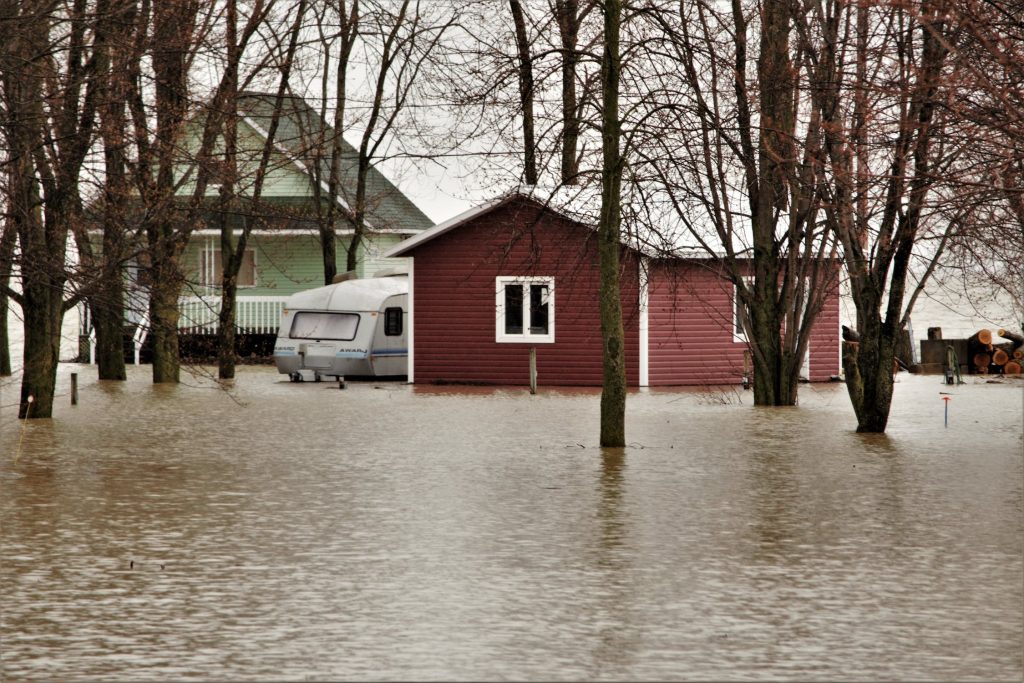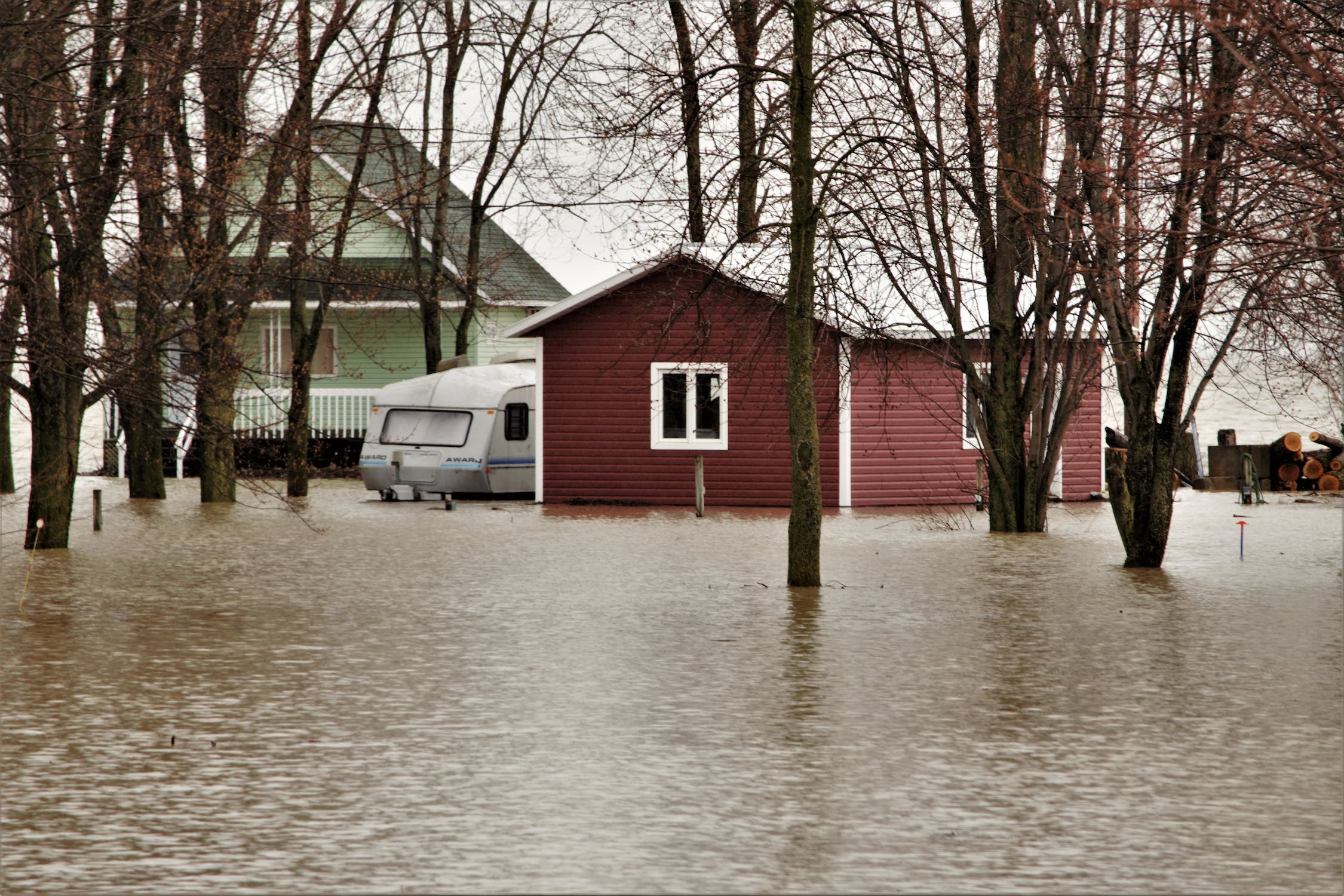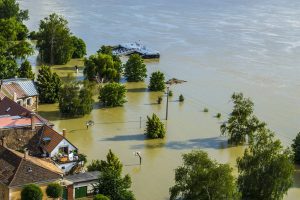“Rebuild with Confidence: 5 Expert Tips for Rebuilding Your Flooded Home!”
Introduction
Rebuilding your flooded home can be a daunting task. It can be difficult to know where to start and how to go about the process. Fortunately, there are some expert tips that can help you get through the process and rebuild your home in a safe and efficient manner. In this article, we will discuss five expert tips for rebuilding your flooded home. These tips will help you make sure that your home is safe and secure, and that the rebuilding process is as smooth as possible.
How to Choose the Right Contractor for Rebuilding Your Flooded Home

Rebuilding a home after a flood can be a daunting task. It is important to choose the right contractor to ensure that the job is done correctly and that the home is restored to its pre-flood condition. Here are some tips to help you choose the right contractor for rebuilding your flooded home.
First, do your research. Look for contractors who specialize in flood restoration and have experience in the type of work you need done. Ask for references and check them out. Make sure the contractor is licensed and insured, and that they have a good reputation in the community.
Second, get multiple bids. Ask each contractor to provide a detailed estimate of the work that needs to be done and the cost. Compare the bids and make sure that the contractor is providing a fair price for the work.
Third, ask questions. Make sure you understand the scope of the project and the timeline for completion. Ask about the materials that will be used and the methods that will be employed. Make sure the contractor is familiar with local building codes and regulations.
Fourth, look for a contractor who is willing to work with you. A good contractor will be willing to answer your questions and address any concerns you may have. They should also be willing to provide updates on the progress of the project.
Finally, trust your instincts. If you feel uncomfortable with a contractor, don’t hire them. It is important to find someone who you can trust to do the job right.
By following these tips, you can ensure that you choose the right contractor for rebuilding your flooded home. With the right contractor, you can rest assured that your home will be restored to its pre-flood condition.
What Materials to Use When Rebuilding Your Flooded Home
When rebuilding a home that has been flooded, it is important to use materials that are designed to withstand the elements and provide long-term protection. The following materials are recommended for use in the rebuilding process:
1. Pressure-treated lumber: Pressure-treated lumber is designed to resist rot, decay, and insect damage. It is also resistant to moisture, making it an ideal choice for rebuilding a home that has been flooded.
2. Concrete: Concrete is a durable material that is resistant to water and can withstand the elements. It is also fire-resistant and can provide a strong foundation for the home.
3. Vinyl siding: Vinyl siding is a low-maintenance material that is designed to resist water and other elements. It is also easy to clean and maintain, making it a great choice for a home that has been flooded.
4. Metal roofing: Metal roofing is a durable material that is designed to resist water and other elements. It is also fire-resistant and can provide a long-term solution for a home that has been flooded.
5. Waterproofing materials: Waterproofing materials such as sealants and membranes can be used to protect the home from future flooding. These materials can also help to reduce the risk of mold and mildew growth.
By using these materials, homeowners can ensure that their home is rebuilt to withstand the elements and provide long-term protection. It is important to consult with a professional contractor to ensure that the materials are installed correctly and that the home is properly waterproofed.
How to Prepare Your Home for Rebuilding After a Flood
Floods can cause extensive damage to homes, leaving them in need of rebuilding. Preparing your home for rebuilding after a flood is an important step in the recovery process. Taking the time to properly prepare your home can help ensure that the rebuilding process goes as smoothly as possible. Here are some tips for preparing your home for rebuilding after a flood.
1. Document the Damage: Before you begin the rebuilding process, it is important to document the damage that has been done to your home. Take pictures of the damage and make a list of all the items that have been damaged or destroyed. This will help you when filing an insurance claim and will also provide a record of the damage for the rebuilding process.
2. Remove Debris: After a flood, there will likely be debris and other items that need to be removed from your home. This includes furniture, carpets, and other items that have been damaged by the flood. It is important to remove all of these items before beginning the rebuilding process.
3. Clean and Disinfect: Floodwaters can contain bacteria and other contaminants that can be hazardous to your health. It is important to clean and disinfect your home before beginning the rebuilding process. This includes washing all surfaces with a disinfectant and removing any standing water.
4. Dry Out the Home: After a flood, it is important to dry out your home as quickly as possible. This can be done by opening windows and using fans to circulate air. You may also need to use a dehumidifier to help remove excess moisture from the air.
5. Check for Structural Damage: Floods can cause structural damage to your home. Before beginning the rebuilding process, it is important to have a professional inspect your home for any structural damage. This will help ensure that the rebuilding process is done safely and correctly.
By following these tips, you can help ensure that your home is properly prepared for rebuilding after a flood. Taking the time to properly prepare your home can help make the rebuilding process go as smoothly as possible.
How to Protect Your Home from Future Flood Damage
Floods can cause devastating damage to homes, and it is important to take steps to protect your home from future flood damage. Here are some tips to help you protect your home from future flooding:
1. Install a sump pump. A sump pump is a device that pumps water away from your home, preventing it from entering your basement or crawl space. Installing a sump pump can help keep your home dry and reduce the risk of flooding.
2. Elevate your home. If your home is located in an area prone to flooding, consider elevating it. This can help keep your home above the floodwaters and reduce the risk of damage.
3. Install flood barriers. Flood barriers are devices that can be installed around your home to prevent floodwaters from entering. They can be made of sandbags, plastic sheeting, or other materials.
4. Install a backflow valve. A backflow valve is a device that prevents water from flowing back into your home. Installing a backflow valve can help keep your home dry and reduce the risk of flooding.
5. Check your insurance coverage. Make sure your insurance policy covers flood damage. If it does not, consider purchasing additional coverage.
By taking these steps, you can help protect your home from future flood damage. It is important to take action now to reduce the risk of flooding and protect your home from future damage.
How to Maximize Your Insurance Coverage When Rebuilding Your Flooded Home
Rebuilding a home after a flood can be a daunting task, but it is possible to maximize your insurance coverage to make the process easier. Here are some tips to help you get the most out of your insurance coverage when rebuilding your flooded home.
First, make sure you have the right type of insurance coverage. Flood insurance is a separate policy from your homeowner’s insurance, so make sure you have both. Flood insurance will cover the cost of rebuilding your home, while homeowner’s insurance will cover the cost of replacing your belongings.
Second, document everything. Take pictures of the damage and keep all receipts for any repairs or replacements you make. This will help you get the most out of your insurance coverage.
Third, be aware of any restrictions or exclusions in your policy. Some policies may not cover certain types of damage, such as mold or structural damage. Make sure you understand what is and isn’t covered before you start rebuilding.
Fourth, consider hiring a public adjuster. A public adjuster is an expert who can help you get the most out of your insurance coverage. They can review your policy and help you make sure you’re getting the full amount of coverage you’re entitled to.
Finally, be patient. Rebuilding a home after a flood can be a long and complicated process. Make sure you take the time to understand your policy and document everything so you can get the most out of your insurance coverage.
By following these tips, you can maximize your insurance coverage when rebuilding your flooded home. With the right coverage and a little patience, you can get your home back to its pre-flood condition in no time.
Conclusion
Rebuilding a flooded home can be a daunting task, but with the right knowledge and resources, it can be done. By following the five expert tips outlined in this article, homeowners can make the process of rebuilding their home easier and more successful. From understanding the insurance process to hiring the right contractors, these tips can help homeowners get their home back to its pre-flood condition. With the right preparation and guidance, homeowners can rebuild their home and get back to their normal lives.






